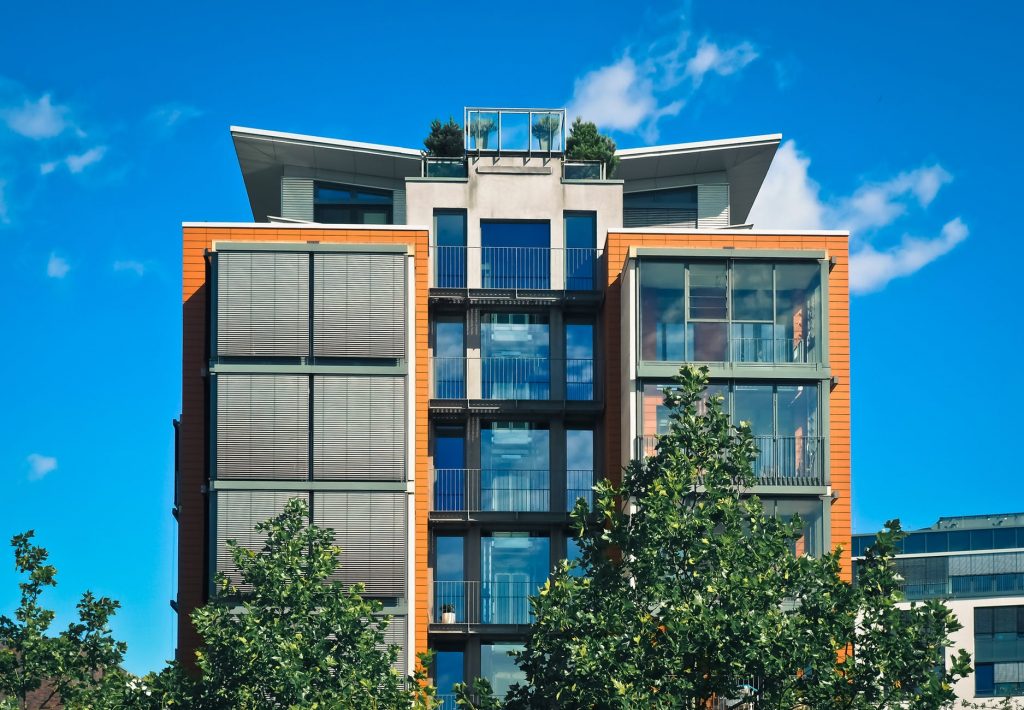1. Rates of interest will eventually rise
The fantastic news for mortgage holders and aspiring homeowners is that the Reserve Bank of Australia seems to be in no rush to raise interest rates from the current low rate. But, independent advisers said another move in rates of interest would almost surely be up. However there is not likely to be any movement ahead of August and not before November. The RBA will start raising interest rates when it becomes convinced that economic growth will pick up, that unemployment will decrease and that inflation begins to return towards its goal of between 2 and 3 per cent.
But, that’s only a small slice of the scenario since the Australian cash banks lend to finance mortgages is composed of local deposits and cash made overseas. Therefore, if market interest rates grow abroad, there’s a possibility that banks will boost their mortgage rates just a little.
2. Apartment costs will fall
Apartment costs on the east coast of Australia are probably expected to drop in the coming years because of this oversupply brought on by the construction boom currently going on. Recently there has been an excessive boom in housing construction, primarily apartments and units, which are expected to be completed in the coming years. The surplus supply will cause prices to fall and costs to drop, especially around 2020. Sydney units will fall 3.8 per cent, Melbourne 4.8 per cent and Brisbane by 7.2 per cent. Together with the oversupply, limitations on bank lending to investors are most likely to cool the flat industry further.

3. The housing market will cool slightly
After years of substantial expansion, Australia’s property market seems to be cooling finally. The national average home price fell 0.3 per cent in January and is down 0.7 per cent in the three months to the end of January, based on statistics in property analysis company CoreLogic.
However, the housing market will hold up better than apartments, as they’re distinct niches. Overseas and local investors favour apartments while many Australian homebuyers still prefer detached homes. Property investment hopefuls in Melbourne and Sydney where prices are often high can look out for opportunities arising as the market cools.
Even if There’s noticeable downward pressure on apartment prices in Sydney, Melbourne, or Brisbane that is not likely to spill over into the detached home market, since they are very different and cater for different demographics.
4. Solar loans will be highly demanded
Some homeowners are funding the installation of rooftop Solar electricity by incorporating the charge for their mortgage. But many lenders remain unwilling to package these kinds of loans in together with the lease. Homeowners are becoming more conscious about their current and future energy needs and aiding the shift towards clean energy, banks will begin to offer more generous terms on these investments.
5. Sydney will experience mass population movements
Since Australia’s largest town becomes increasingly crowded and busy and home prices keep climbing, more locals are leaving Sydney in favour of more quiet and relaxing surroundings. Each day an average of 129 individuals leave Sydney for elsewhere in Australia. Just 85 proceed to Sydney from different areas of the nation, based on an analysis of census information. It is understandable that families and retired residents are looking for more affordable and relaxed living in outer areas with, facilities and schools popping up in once rural and now fully developed outer suburbs.
This does not mean that the inhabitants of this city are diminishing along with the strain will come off home rates. Sydney keeps rising thanks to births and overseas immigration. Nevertheless, as communications technologies and net connectivity improve individuals are going to have the choice of working and living out from essential cities, but remain connected and having the ability to work from home and balance other responsibilities.
Another significant game changer would be driverless automobiles. These will turn cars to mobile offices, enabling commuters to be productive while they’re driven to work. This makes it plausible to be able to reside longer distances from major cities, as commuting time becomes productive time.
6. Buyers and sellers are becoming smarter
With multitudes of information available on the internet and in property investment books property buyers and sellers are doing their research and becoming smarter about the whole process. Some confident individuals are even opting to sell without agents to minimise commission costs, by undergoing private house sales. There are pros and cons of not using an agent however some sellers are happy they made a choice.




